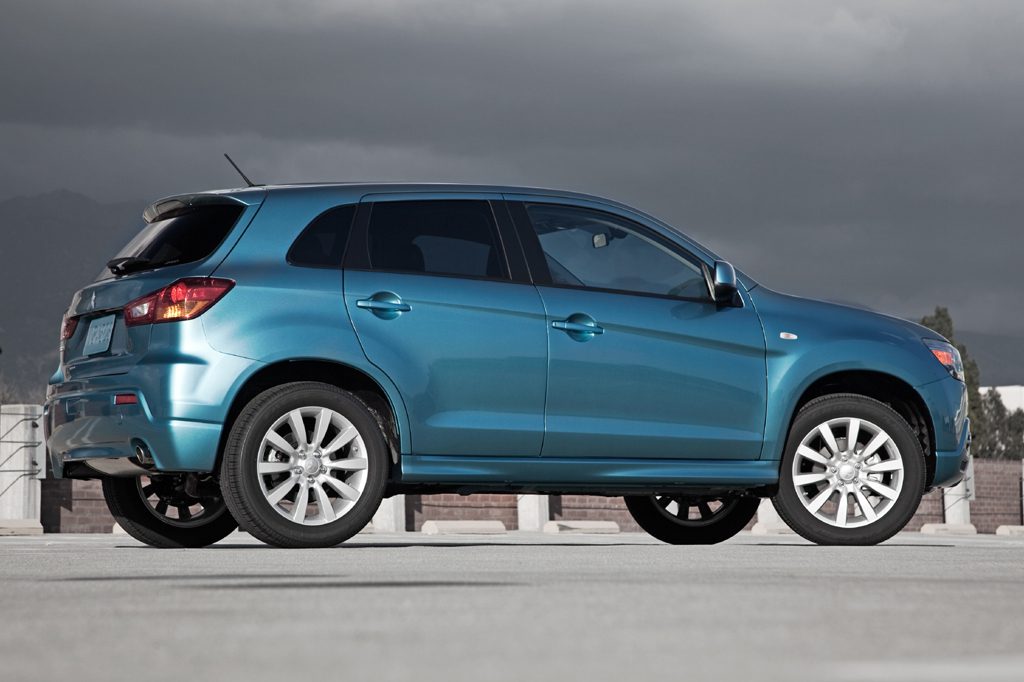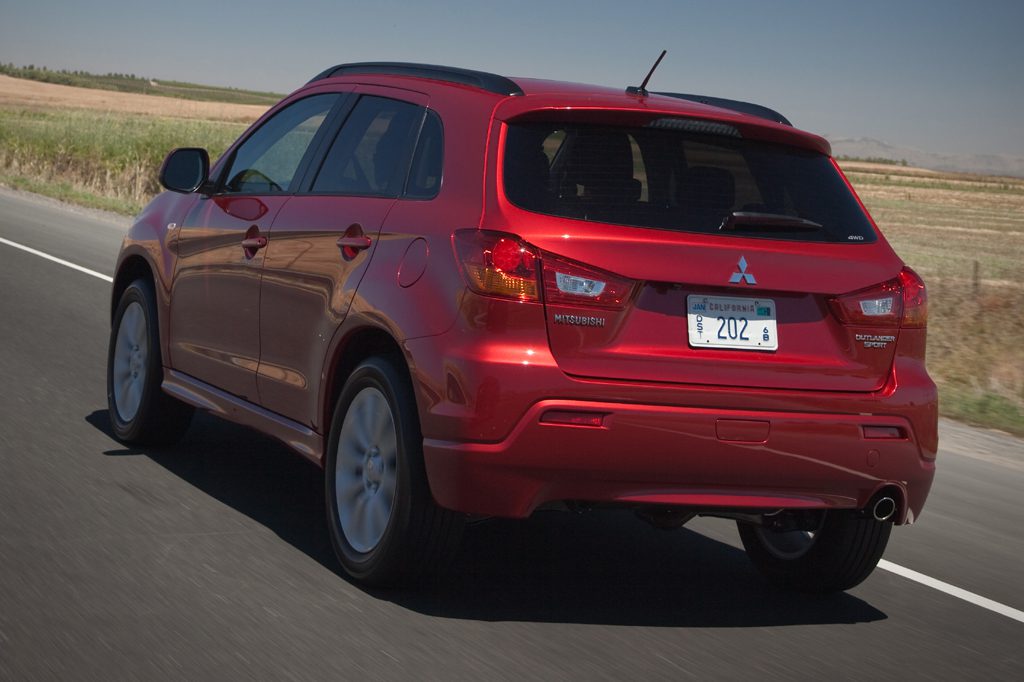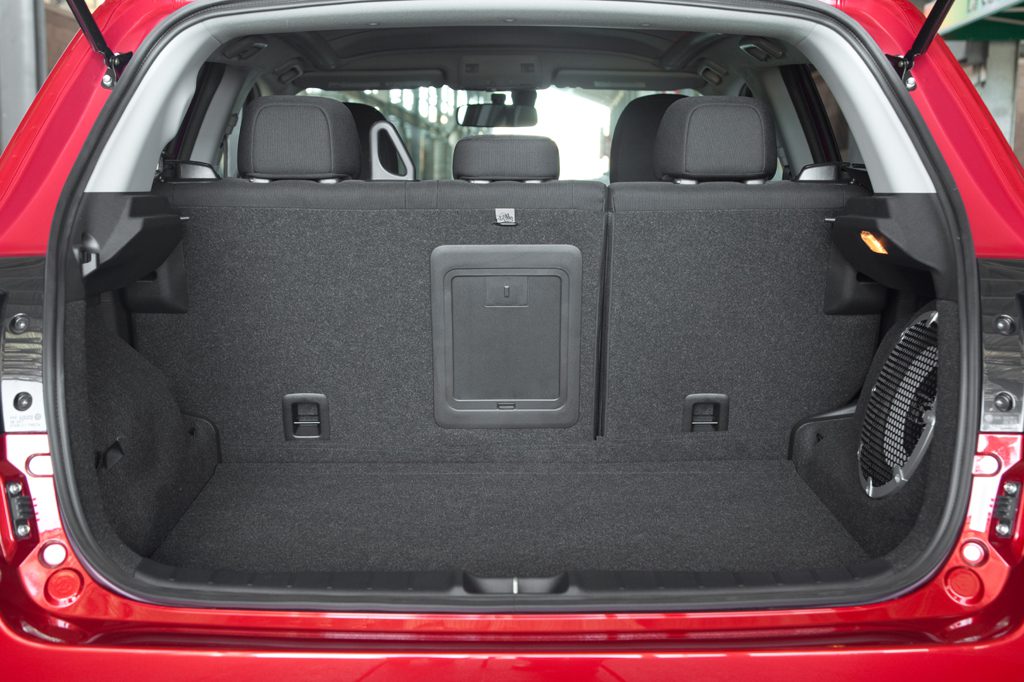| Compact SUV; Built in Japan |
|
|
| Good condition price range: $7,400 – $21,400* |

2011 Mitsubishi Outlander Sport Front

2011 Mitsubishi Outlander Sport Profile

2011 Mitsubishi Outlander Sport Interior

2011 Mitsubishi Outlander Sport Rear

2011 Mitsubishi Outlander Sport Interior-2
| Pros: |
|
| Cons: |
|
The Outlander Sport is a comfortable, livable vehicle with a versatile interior. It counters merely adequate interior appointments and a subpar drivetrain with sporty handling and versatility that belie its tidy exterior size. Many neat options have been available, such as a panoramic glass roof with accent lighting, an infotainment system with voice controls, and a navigation system with traffic data. When new, a modestly-equipped SE scored as the best value for the money, and that’s likely to be true for used models as well.
Overview
Introduced for 2011, Mitsubishi’s Outlander Sport was the new entry-level SUV from this Japanese automaker. Outlander Sport slotted below the larger Outlander in size and price. Seating five, this wagon came in base ES and top-line SE trim levels, each with standard front-wheel drive. All-wheel drive was offered on the SE. While the AWD system did not include low-range gearing, it had three modes: automatic, front-drive only, and 50/50 front/rear power split. A 148-horsepower, 2.0-liter four-cylinder was the sole engine. A five-speed manual transmission was standard on the ES model. Available on that model and standard on the SE was a continuously variable transmission (CVT) that behaves much like an automatic. CVT-equipped models had standard steering-wheel paddles to facilitate manual gear changes. Standard safety features included all-disc antilock braking, traction control, an antiskid system, curtain side airbags, front side airbags, and a driver’s knee airbag. Standard on all was a tilt/telescopic steering wheel and Mitsubishi’s new Fuse voice-activated control for cell phones and digital-music players. SE models had keyless access/engine start, while heated front seats were standard on AWD models. A navigation system with real-time traffic data was optional on all, and a rearview camera was offered with AWD. A panoramic glass roof panel also was optional on the AWD SE. Familiar competitors included the Ford Escape, Honda CR-V, Hyundai Tucson, Kia Sportage, and Toyota RAV4.
Yearly Updates
| 2012 Outlander Sport Several changes appeared on the 2012 Mitsubishi Outlander Sport. More sound-deadening material was employed to block engine noise. The CVT was recalibrated to improve acceleration and throttle response. A new rearview camera system became available, too. |
| 2013 Outlander Sport This little wagon saw a number of updates for 2013. The front and rear fascias were slightly modified, an updated rear suspension promised improved ride comfort, and changes to the steering promise improved feel. Production of the Outlander Sport moved to Mitsubishi’s factory in Normal, Illinois, from its native Japan. |
| 2014 Outlander Sport There were only minor tweaks for the 2014 Outlander Sport. A new touchscreen stereo/entertainment system was available, and the steering wheel used a new design. |
